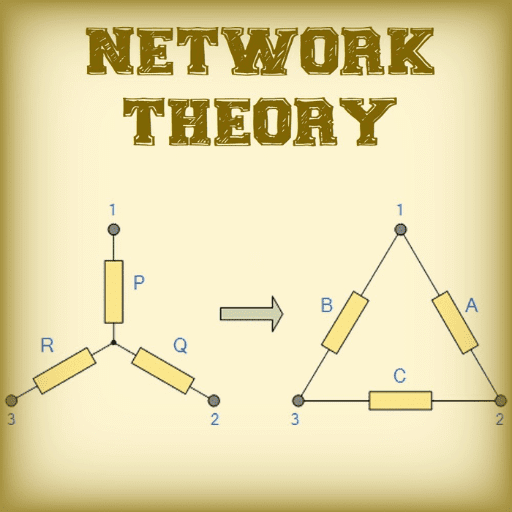Inverse Discrete Time Fourier Transform | Signals and Systems - Electrical Engineering (EE) PDF Download
Inverse DTFT :
DTFT of a discrete periodic signal x[n] by period N is given by :
:
The Fourier coefficients of this periodic function are given by
The above equation is referred as Inverse DTFT equation .
Inverse DTFT equation :
Now ,
x[-n] is the nth Fourier series co-efficient of
Now,
can be interpreted as X(ω) multifplied by the vector of ejωn and summed over
Now inverse DTFT for the cross co-relation between sequences x[n] and h[n] can be written as :
i.e dot product of sequences x[n] and h[n] = dot product of DTFT's of x[n] and h[n] . in particular put x[n] =h[n] , then
The above is Parseval's relation for discrete time periodic signals .
here isthe total energy in x['] and
is the energy spectral density of x['].
Conclusion:
In this lecture you have learnt:
- DTFT is periodic in ω with period 2π and also , the I-DTFT is periodic in ω with period 2π .
- THE DTFT
- Parseval's Relation for Discrete periodic signals :
|
42 videos|53 docs|33 tests
|
FAQs on Inverse Discrete Time Fourier Transform - Signals and Systems - Electrical Engineering (EE)
| 1. What is the inverse discrete-time Fourier transform? |  |
| 2. How is the inverse discrete-time Fourier transform different from the Fourier transform? |  |
| 3. What is the significance of the inverse discrete-time Fourier transform in signal processing? |  |
| 4. How is the inverse discrete-time Fourier transform computed? |  |
| 5. What are the properties of the inverse discrete-time Fourier transform? |  |

























